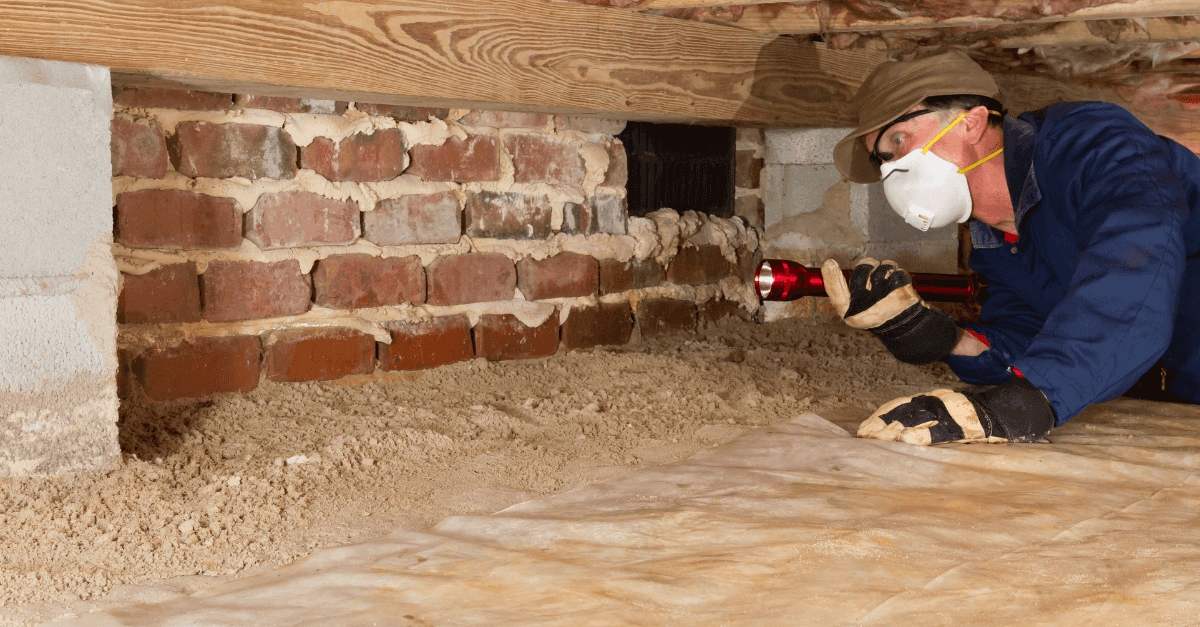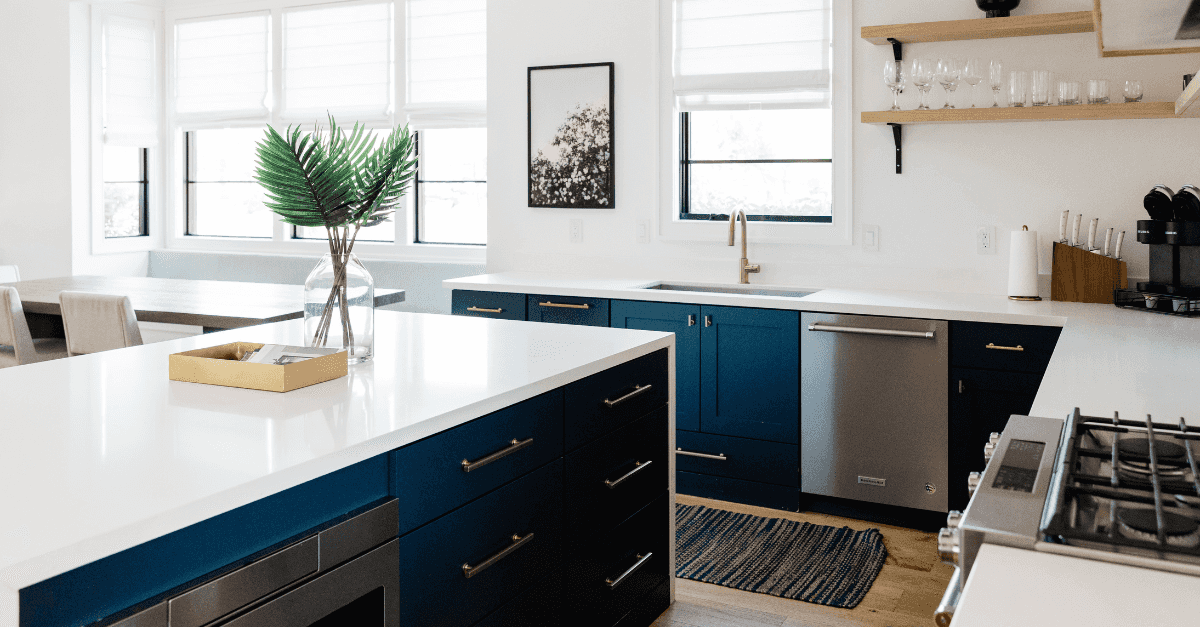5 Home Repair Hotspots to Check Before (and After) You Buy

Of all the investments you can make in your home, aesthetic upgrades are the most satisfying. Large-scale remediation projects? Not quite as satisfying.
To save on repairs long-term, here are five areas of the home you’ll want to check for potential issues before you buy.
And, if you’re a homeowner, you’ll want to check these areas periodically and repair minor issues promptly.
Roof
The roof is your home’s first line of defense against the elements. It can also be a big-ticket item to replace if it is old or in disrepair. Here is what to look for:
- Buckling, sagging, or waves
- Missing or severely damaged shingles
- Proper ventilation through soffit, gable, exhaust, or other types of venting systems
- Moss or vine growth on or around the roof
- The condition and cleanliness of the gutters
- Evidence of leaking in the attic or upper floor ceilings
You should make sure you are aware of the roof’s age and any known problems. If you can peek in the attic, look at the condition of the plywood beneath the roofing material for any indication of water or pest damage.
Foundation
Since the foundation is the underpinning of the entire house, it needs to be in good condition. Most foundations are made with concrete or stone that can weaken over time. Watch for these warning signs:
- Large cracks that run from top to bottom or side to side
- Evidence of bad drainage or soil that slopes downward toward the foundation
- Large holes, crumbling corners, or damage
- Uneven foundation with parts that are sinking
- Major tree roots growing around or under the foundation
Foundation problems can also be detected from within the house. For example, if floors are sloped or wavy or if doors do not close properly, these are signs the foundation may have shifted. You may also see significant cracks in the walls or ceilings. If you can look in the crawl space or basement, look for water damage or moisture, mold, signs of pests, or unlevel supports. Have a good understanding of the drainage system around the perimeter of the foundation, if any.
And, before you buy, always ask about floods or other past water issues.
Electrical System
Especially with an older home, you will want to have a good understanding of the state of the electrical system. Although electrical outlet replacement or rewiring is not necessarily expensive, it is the damage caused by a faulty electrical system that can be devastating. Here’s what to watch for:
- Older outlets with only two prongs
- Ungrounded outlets
- Light switches or outlets that do not work
- Circuit breaker box or electrical panel is missing
- Circuits have too many connections
- Buzzing or flickering lights
- Evidence of fire, smoke or discoloration around an outlet
- Large systems such as the furnace are not on their own circuit
- Improper amperage for larger appliances, i.e., fridge should be on a 20-amp circuit
If you can look at the raw wiring through an unfinished closet, the attic, or the basement, see what condition the wiring is in. If it is coated in fabric, fraying, chewed by pests, these are not good signs. If the electrical panel is disorganized with a mess of wires, this can also be an indication the wiring throughout the house may be equally messy and, potentially, unsafe.
HVAC System
The HVAC system plays two main roles: comfort and safety. If it’s old or not working properly, you may face significant repair or replacement costs. Look for the following signs of disrepair:
- Inaccurate or inoperable thermostat
- AC and furnace do not “kick in” when prompted
- A burning or wet, musty smell within the house
- Mold
- Corroded wires or rusted pipes around furnace and fuel tanks
Make sure you understand how old the HVAC system is and when it was last maintained. If the owners did not have a regular service program for the HVAC system, it can indicate that problems, and costly repairs, are possible.
Plumbing
Your home’s plumbing system runs throughout the entire house and can cause severe damage when faulty. Keep an eye out for the following signs of failure:
- Evidence of leaks around toilets or under sinks
- Water stains on walls or ceilings
- Corrosion or mineral build up around faucets
- Blocked or slow draining drains
- Orange or brown staining around tubs or toilets
- Broken or rusted pipes
- Mold or moisture
- Poor water pressure
- Bad smelling or tasting water
- Strange noises or knocking in walls when water is turned on
Many of the items above will be noted in the home inspection (never skip it!). If issues are remedied in priority order before or after closing, you’ll save money on repairs long-term and your ongoing maintenance of these repair hotspots will be that much easier. Our platform allows homeowners to hire the best local handymen for all trades.
If you’ve identified these issues during the home sale or long after, our quick estimates help you easily navigate and plan for repairs. Click here to get an estimate.


